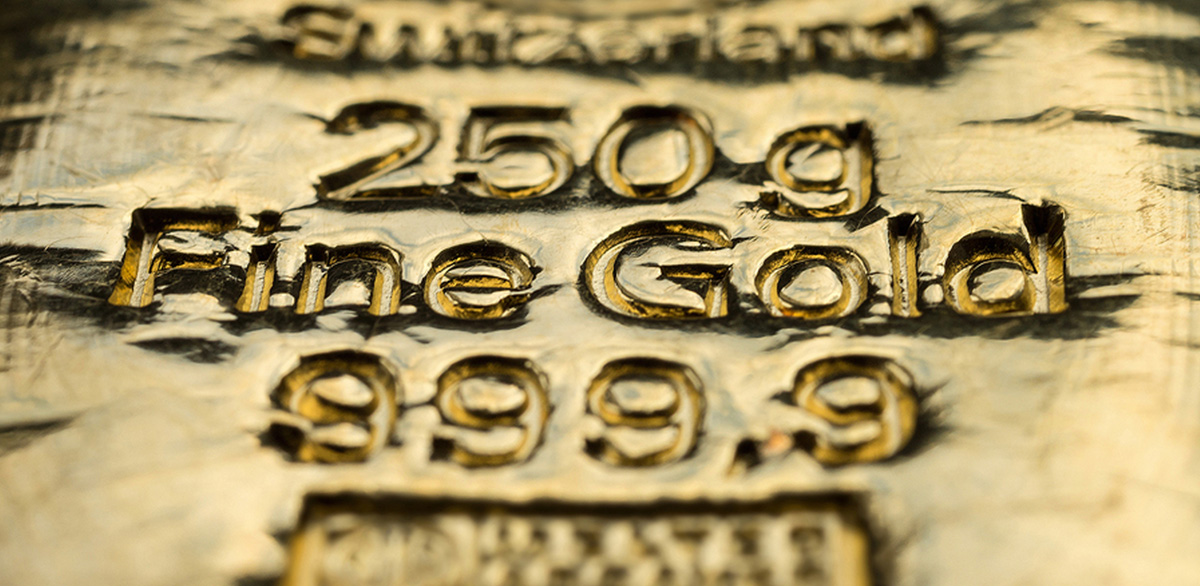
As predicted, the Federal Reserve raised interest rates a quarter percentage point on June 13. It was the second increase of 2018 and the seventh since 2015, bringing the benchmark rate that influences everything from the cost of buying a home or car to financing college to a range of 1.75 to 2 percent.[1] Perhaps less anticipated was gold’s strong performance following the rate hike: the yellow metal rallied to a two-week high.[2]
Closer examination of the situation reveals the same factors motivating the Fed to raise rates are also very good reasons to buy gold.
Economic Risk
‘The main takeaway is that the economy is doing very well,’ said Fed Chairman Jerome Powell at a news conference following the Federal Open Market Committee meeting, citing low unemployment and inflation. At the same time, though, Fed officials have expressed concerns publicly that the economy is overheating. How real are the economic risks?
Recession
Unemployment fell to 3.8 percent last May. It hasn’t been this low since April 2000. This time around, however, lower labor force participation due to retiring Baby Boomers and a growing opioid epidemic are producing this deceptively positive economic indicator. Compare the nation’s economic growth now to back then and the picture becomes even clearer: 2.3 percent in 2017 versus 4.1 percent in 2000.
Even though the numbers don’t accurately represent the economy, they’re motivating the Fed to raise rates. Given the record high levels of consumer debt and stagnating wages, further rate hikes could cripple consumers, and in turn companies, sending the nation spiraling into another recession in a year or two.
Inflation
Inflation may be “low” now by the Fed’s standards, but several forces are at play in the economy that could send it dangerously higher: the ballooning federal deficit, increasingly high trade tariffs on imports, and rising wages—any one of these could trigger more rate hikes, slowing economic growth while at the same time driving consumer living and business operating expenses up. Already, consumer prices are on the rise, and inflation is a reality for many older Americans on fixed incomes.
Trade War
‘If you end up with a tariff battle, you will end up with price inflation, and you could end up with consumer debt. Those are all historic ingredients for an economic slowdown.’ -Gary Cohn, former top economic advisor to President Trump
A global trade war could fast track the very two economic risks the Fed is trying to manage by raising interest rates to crisis level. It could also erase any corporate gains from the recent tax cuts, asserted Cohn. The tax cuts are estimated to cost the U.S. $1.3 trillion over the next 10 years, not including interest.
Even though the Fed has been receiving reports of companies holding back on investing and hiring workers, Powell is only considering a trade war a ‘risk’ right now.[3] With the potential for a trade conflict to upend any progress made by the Fed, tax cuts, or the economy on its own—it’s a pretty big risk.
Wealth Protection
The opportunity cost of holding gold has been rising alongside interest rates, but savvy investors keep buying the precious metal: gold prices were $1,048.60 after the Fed’s first rate hike in December 2015, and they shot to a two-week high of $1,303.50 following the seventh rate increase in June 2018.
What do these investors know that the Fed doesn’t? The economy isn’t as good as looks on paper. It won’t be long before the government runs out of resources to keep propping it up with. When the collapse comes, those with gold will be ready. Will you?


